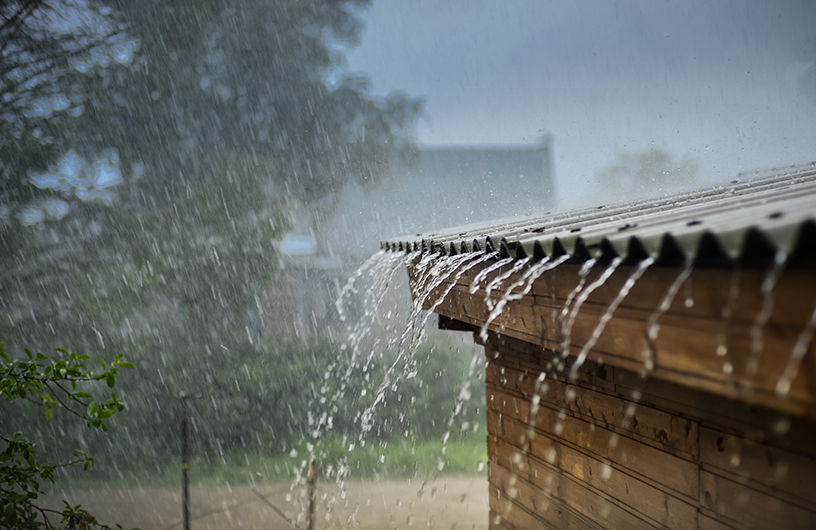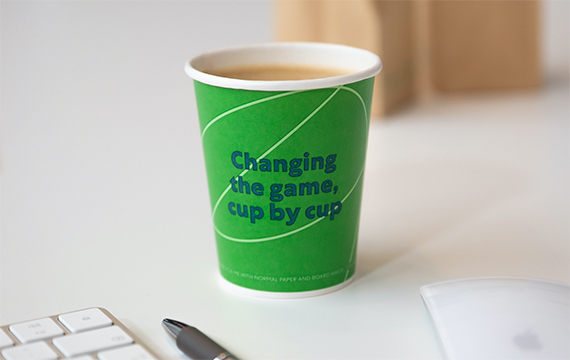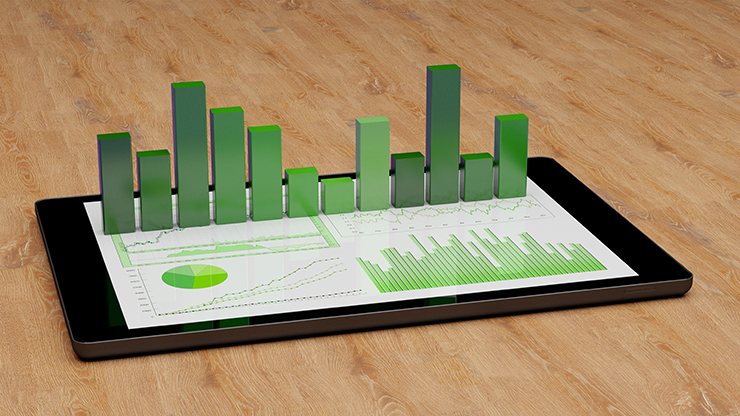More news
- Focus on industrial: Powering the energy industry during extreme heat
- Focus on powder coatings: The coatings industry’s transition to PFAS/PTFE-free solut...
- “We see sustainability as a purpose, as a reason for doing business” – P...
- Focus on industrial: High-performance coating protects tanks at biopolymer production plan...
- Focus on powder coatings: Novel high-speed crosslinking technology

From the very first primitive buildings, keeping water out has been a never-ending challenge and even in today’s modern world, keeping water out of buildings remains tricky. Krypton Chemicals writes for PPCJ on how despite the advancements in waterproofing products, we still hear about buildings leaking. Why is this?
Many waterproofing failures can be traced back to under or incorrect specifications, poor workmanship and corner cutting by the applicator in order to reduce costs. However, often problems can be traced back to the inherent limitations of the waterproofing system itself. All waterproofing products will pass performance tests in a laboratory, but every system comes with advantages and disadvantages and many waterproofing failures result from what happens on-site during the application process.
Waterproofing solutions generally fall into two categories, either prefabricated sheet membranes or liquid applied membranes.
Sheet membranes include:
- Bituminous membranes
- EPDM membranes
- Thermoplastic membranes
- Rubber membranes
- PVC membranes
There are many variations and options with prefabricated sheet membranes and most have been well proven over many years for their water tightness. Having good water tightness and physical characteristic determined in a testing laboratory is one thing but can these attributes automatically and consistently be transferred to the finished installed project?
Sheet membranes can present installation challenges, especially when the substrate they have to be installed on includes complicated profiles and/or upstands and plant and equipment fittings.
Sheet membranes must be cut to shape and welded or joined on site. The more complex the substrate profile the longer and more difficult the installation becomes. Without careful expert installers, sheet membranes whilst displaying good physical and water proofing properties under laboratory test conditions can fail if the installation is not done satisfactorily. The more complex the substrate shape the more difficult it becomes to guarantee a complete and secure seal. One of the inherent weaknesses of sheet membranes is the difficulty of ensuring watertight seals on complicated substrate profiles.
READ MORE:
Global waterproof coatings market is anticipated to reach a value of US$24bn by 2032
Sheet membranes require relatively long installation times which increases costs and the potential for water damage to the building during the installation process.
Liquid applied membranes include:
- Acrylic based;
- Urethane based;
- Bituminous based products.
Liquid applied waterproofing membranes are applied to the substrate in a liquid format either by spray application or roller application and thus eliminate on-site joins. Liquid applied waterproofing membranes are “seamless,” unlike sheet membranes.
Although liquid applied membranes solve the potential problems with having to weld or join sheet membranes onsite traditional liquid applied membranes come with their own disadvantages.
Generally, they are moisture cured and due to their low physical strength require reinforcing mesh to be inserted in between layers. Moisture cured liquid applied membranes rely on moisture in the substrate and/or air to cure and hence, can take a long time to cure or to become at least rain resistant. This long curing time can present challenges in environments that experience frequent rain. Works can be damaged due to an unexpected rainstorm before the membrane has reached enough cure to resist rain damage.
To ensure sufficient mechanical strength is achieved, generally liquid applied membranes require reinforcing between layers. Therefore, at least two layers are required with two application processes. The first layer is applied, and the reinforcing fabric is inserted into the first layer. Once this layer has dried a second layer is applied over the top. It is also common that a third topcoat layer is applied where the applied membrane will be left exposed. This process is time consuming, labour intensive and exposes the applied works to damage if not completed and cured before any rain.
READ MORE:
New technology liquid applied membranes – a better option
Krypton Chemicals, head quartered in Spain, has developed a range of new technology Hybrid Polyurea liquid applied membranes that provide significant advantages over traditional sheet and liquid waterproofing membranes.
“Sheet membranes are slow to install and present installation difficulties on complex substrate profiles. This increases the risk of mistakes and subsequent leaks. Traditional liquid applied membranes can also be slow to install, requiring reinforcing and take a long time to cure” said Xavier Cross, Krypton’s Waterproofing Product Manager. “Our new Hybrid Polyurea liquid membranes can be applied with a one coat application and due to their excellent physical properties, do not require reinforcing. This coupled with the very fast curing time provides significant savings for the installer and reduces potential damage before full cure achieved.”
Krypton Chemicals has been at the forefront of liquid membrane developments for 20 years and its latest developments provide a big step forward for waterproofing contractors worldwide. The new technology liquid membranes provide significant advantages over traditional membrane options including:
- A one product, one coat application.
- Excellent physical characteristics eliminates the need for reinforcing fabrics.
- Seamless, rapid application.
- Fast tack free and cure time reduces potential rain and follow on trades damage.
- Can withstand pooling water within 1 hour of application.
- 2 component product provides excellent shelf life and consistent curing times.
- Is UV stable.
Krypton`s new technology, liquid applied membranes provide the waterproofing industry with an exciting new waterproofing solution that incorporates all the existing advantages of liquid applied membranes without any of the disadvantages.
“I believe that in markets where labour costs are high and inclement weather is common, our new technology liquid membranes will offer significant savings for water proofing contractors” said Jorge Llaneza, Sales Director for Krypton Chemicals.
As waterproofing technologies advance, persistent problems with traditional solutions can be eliminated. Krypton’s new technology liquid applied products are easier and faster to apply, reduce costs and on-site application errors. Products that are faster curing and stronger provide more water tightness security in a shorter period of time, reducing potential damage to the membrane before fully cured and will last longer under harsher conditions.
For more information about these new technology hybrid polyurea products and other waterproofing solutions contact Krypton Chemicals at info@kryptonchemical.com / www.kryptonchemical.com
Krypton Chemicals is a member of the Polyurea Development Association Europe








